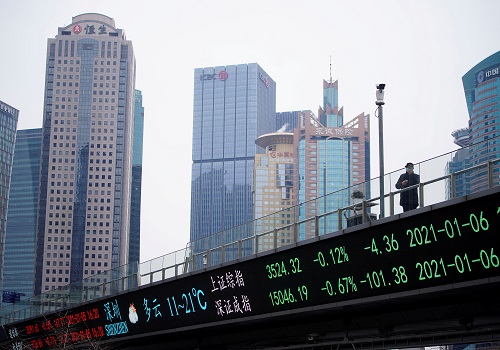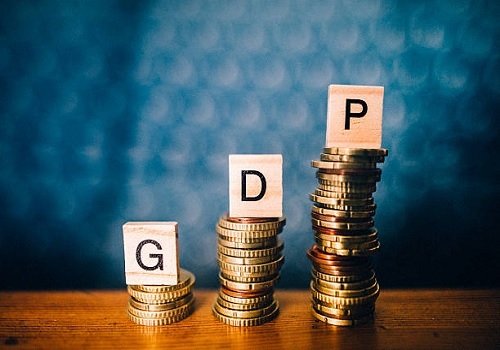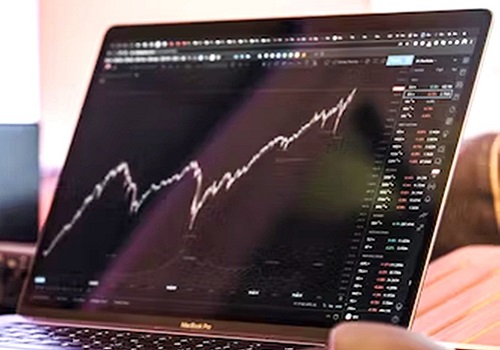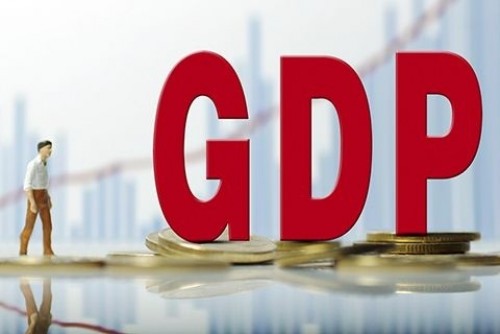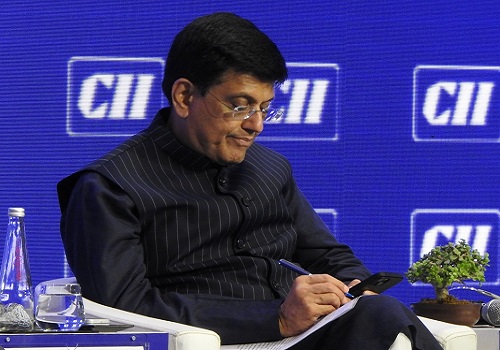India's August trade deficit eases from record levels
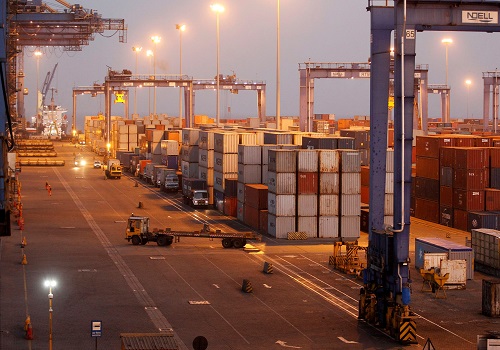
Follow us Now on Telegram ! Get daily 10 - 12 important updates on Business, Finance and Investment. Join our Telegram Channel
India reported on Friday that its trade deficit narrowed slightly to $28.7 billion in August from a record high of $30 billion in the previous month. Here are the views of some analysts:
Barclays Bank:
"Though the August print marks a moderation from July's record trade deficit, the deficit remains at unsustainably high levels, and is likely to raise financing concerns," Rahul Bajoria, chief India economist, said in a note.
Bajoria forecast India's current account deficit (CAD) will rise to $115 billion (3.3% of GDP) in FY22-23.
"With the trade deficit staying at uncomfortably elevated levels, we acknowledge upside risk to our current account deficit forecasts, despite the recent fall in commodity prices."
Goldman Sachs:
"India's trade deficit contracted... driven by a lower oil trade deficit as oil imports contracted more than exports," Goldman Sachs economist Santanu Sengupta said. Oil imports declined by $3.5bn to $17.6 billion from $21.1 billion in July.
He pegged India's CAD at 3.3% of GDP in 2022, given elevated commodity prices, weaker global growth and a relatively resilient domestic economic recovery.
Morgan Stanley:
"Adjusting for the successively higher trade deficit in the past few months, we expect the current account deficit to widen to around 3.7% of GDP in quarter ending Jun-22 and further to around 5% of GDP in quarter ending Sep-22," said Upasana Chachra, Morgan Stanley's chief India economist.
"Recent moderation and stabilization in commodity prices will help to gradually narrow the current account deficit in quarter ending Dec-22 to around 2.8-3% of GDP."
She expects CAD to track at around 3.2% of GDP in fiscal year 2022-23, with potential upside risks.
Kotak Mahindra Bank:
"Domestic demand (reflected in non-oil imports) remained strong while exports continued to fall, reflecting price corrections and some slowdown in global demand," Suvodeep Rakshit, senior economist at Kotak Mahindra Bank, said.
He expects exports to remain under pressure and imports to reduce from current levels. Rakshit maintained his estimates for CAD at 3.4%, with risks skewed to the upside.












 320-x-100_uti_gold.jpg" alt="Advertisement">
320-x-100_uti_gold.jpg" alt="Advertisement">

